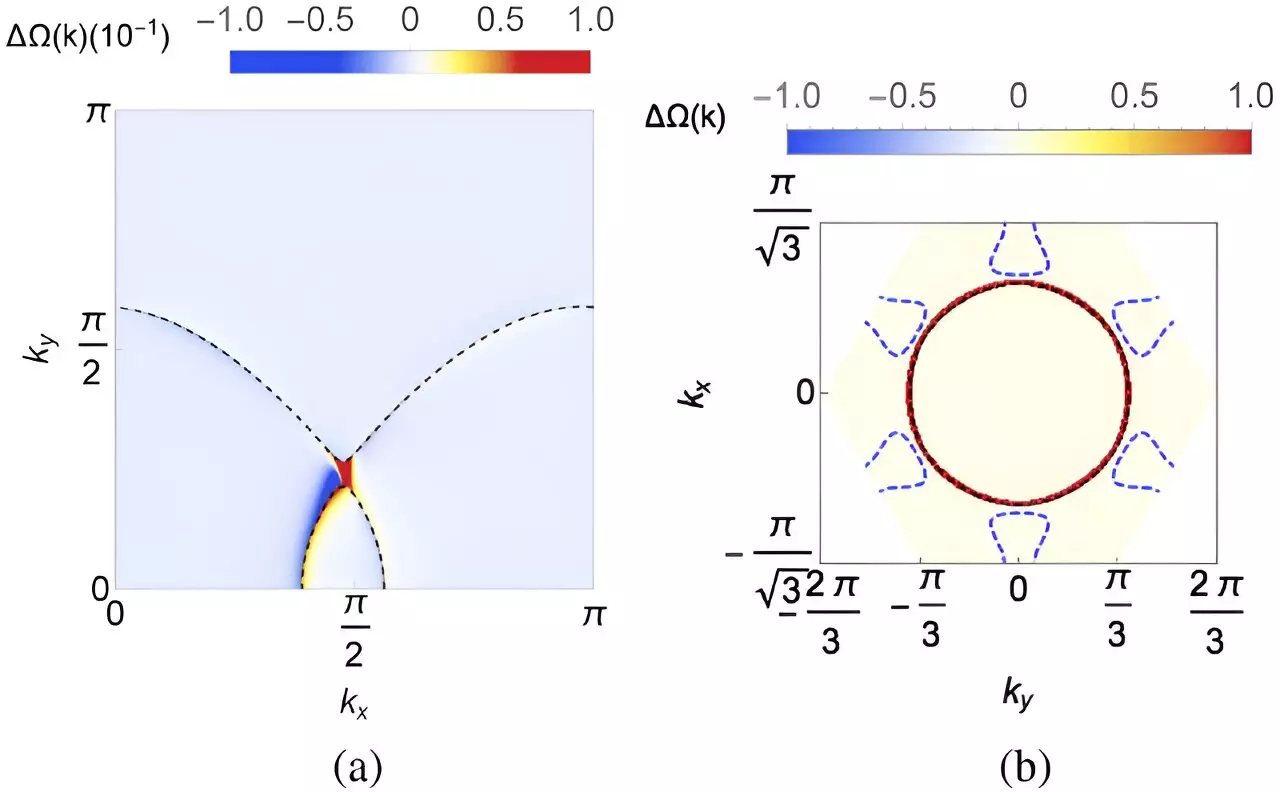Recent advancements in quantum physics have shed light on the intricate behavior of electrons, particularly within a newly identified class of quantum critical metals. At the helm of this pivotal study was Qimiao Si from Rice University, whose team unveiled significant insights that could shape the future of electronic devices. Their research, recently published in Physical Review Letters, highlights the fascinating interplay of Kondo coupling and chiral spin liquids, both of which are instrumental in understanding the underlying mechanisms that govern electron interactions in quantum materials.
Central to this study is the concept of quantum phase transitions, which can be likened to water’s shift between solid, liquid, and gas states. However, the transition of electrons in quantum materials is governed by quantum mechanics, resulting in a more complex array of behaviors. The remarkable aspect of these quantum transitions is their independence from thermal fluctuations; instead, they are driven by quantum fluctuations, even at absolute zero temperature. This phenomenon allows electrons to change their alignment and arrangement, leading to states of high quantum criticality with unique physical properties.
The research emphasizes two paramount effects of quantum mechanics: quantum fluctuations and electronic topology. Quantum fluctuations introduce an element of randomness that challenges orderly electron organization, while electronic topology—an intricate mathematical construct—affects the behaviors of electronic states within the material. This interaction among electrons can yield unexpected, potentially useful characteristics, generating opportunities for breakthroughs in technology.
The endeavor was a collaborative effort between Si’s team and fellow physicist Silke Paschen from the Vienna University of Technology. The researchers formulated a theoretical model to dissect these quantum effects, analyzing the behavior of two types of electrons: slow-moving electrons constrained by a complex lattice and faster-moving electrons. While the slow-moving electrons appear stationary, their spins maintain a degree of freedom that leads to a dynamic arrangement termed a quantum spin liquid. This chiral spin liquid, in its fluid configuration, enables the electrons to experience a topological phenomenon when interacting with the faster electrons, enhancing the complexity of their behavior.
The interaction between the spin liquid and the fast-moving electrons results in a transition into a Kondo phase, wherein the slow electrons’ spins synchronize with those of the fast-moving electrons. This discovery reveals a crucial aspect of how electronic topology and quantum phase transitions affect electron behaviors, particularly under varying conditions. The intricate interplay impacts electrical conductivity, showcasing significant implications for the future direction of quantum material research and application.
One of the groundbreaking revelations of this study is related to the Hall effect—the phenomenon where an electrical current experiences a deflection when an external magnetic field is applied. The research shows that this effect is intricately tied to electronic topology and experiences sudden shifts at the quantum critical point. Such findings suggest that the relationship between the Hall effect and quantum phase transitions could play a vital role in the development of highly sensitive electronic devices, offering prospects in various fields including medical diagnostics and environmental monitoring.
As our understanding of quantum materials deepens, the potential for innovative applications becomes increasingly evident. With a focus on the profound effects of quantum fluctuations and electron topology, the insights from Si’s research open avenues for devising cutting-edge sensors and devices. The response of the Hall effect to quantum phase transitions is particularly noteworthy, emphasizing the prospect of creating sensitive electronics that could significantly enhance detection capabilities across numerous domains. In this fast-evolving field, the path forward is laden with opportunities, promising an exciting frontier where quantum mechanics fuels technological advancements.
This groundbreaking research lays a crucial foundation for the future, inviting further exploration into electronic behaviors shaped by quantum criticality and encouraging collaborative efforts to decode the complexities of quantum materials.

